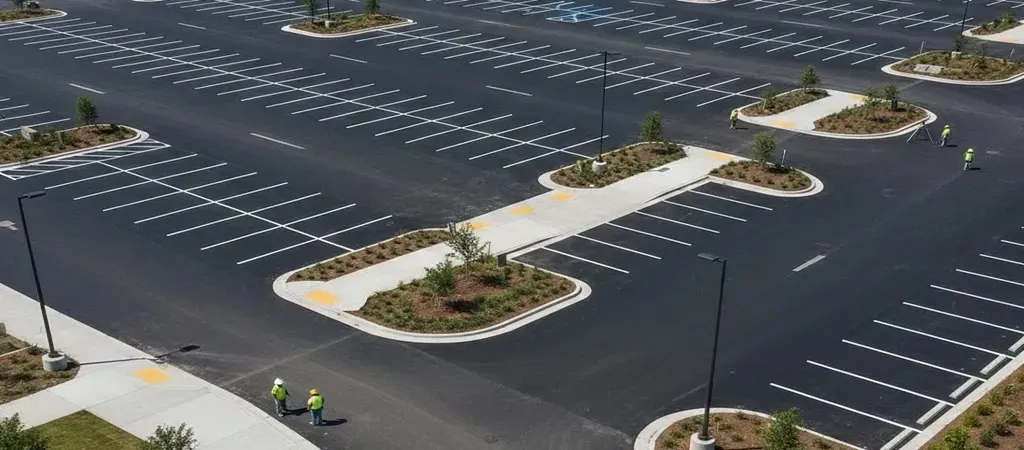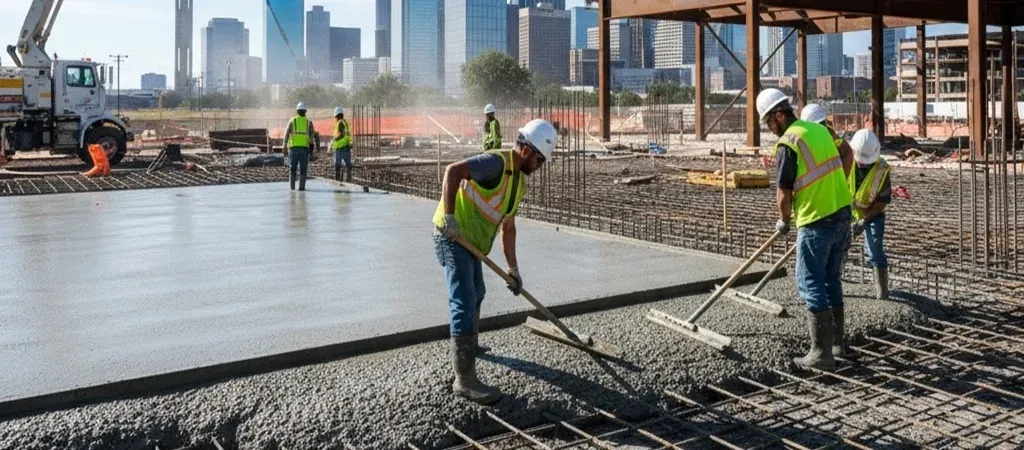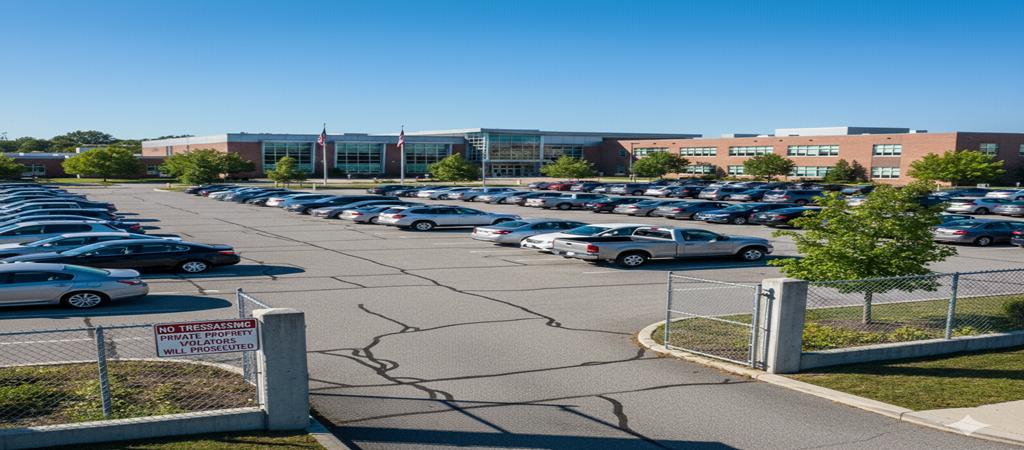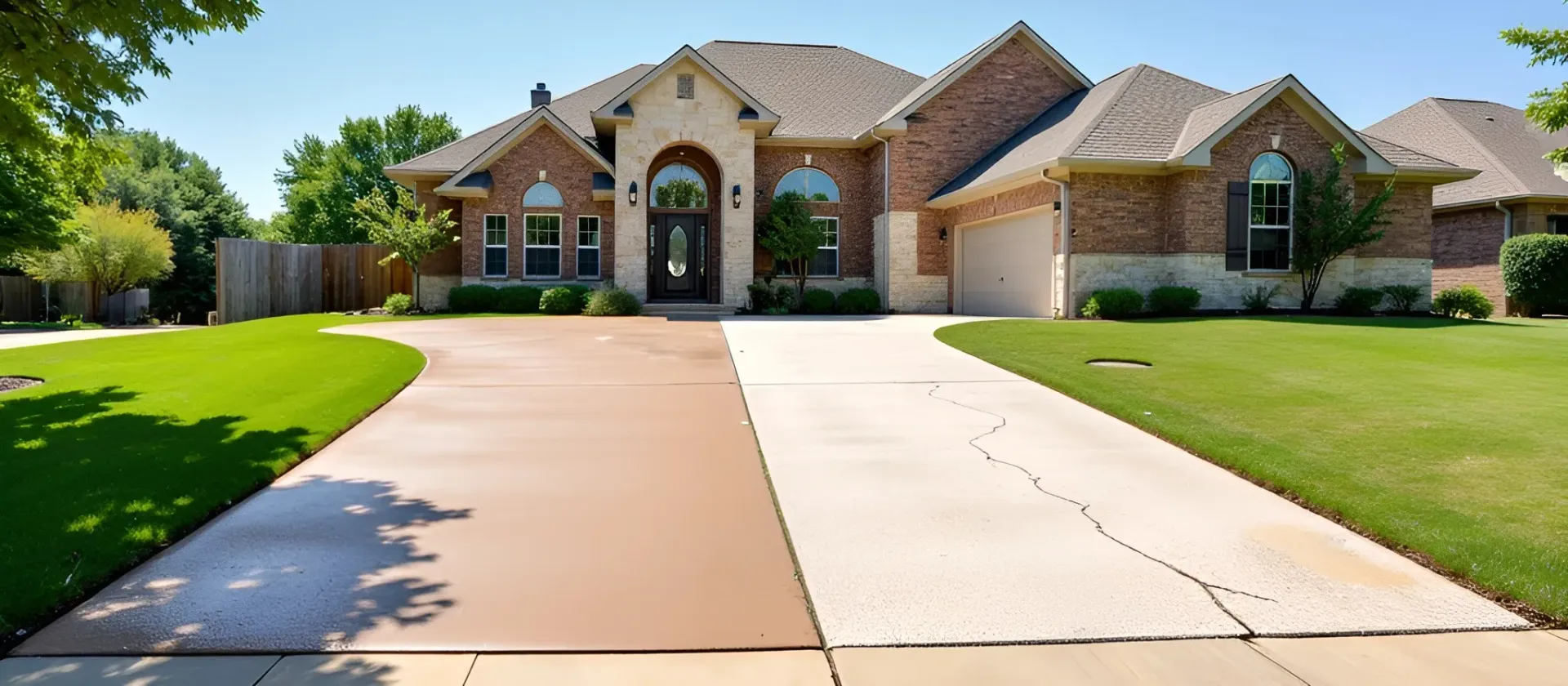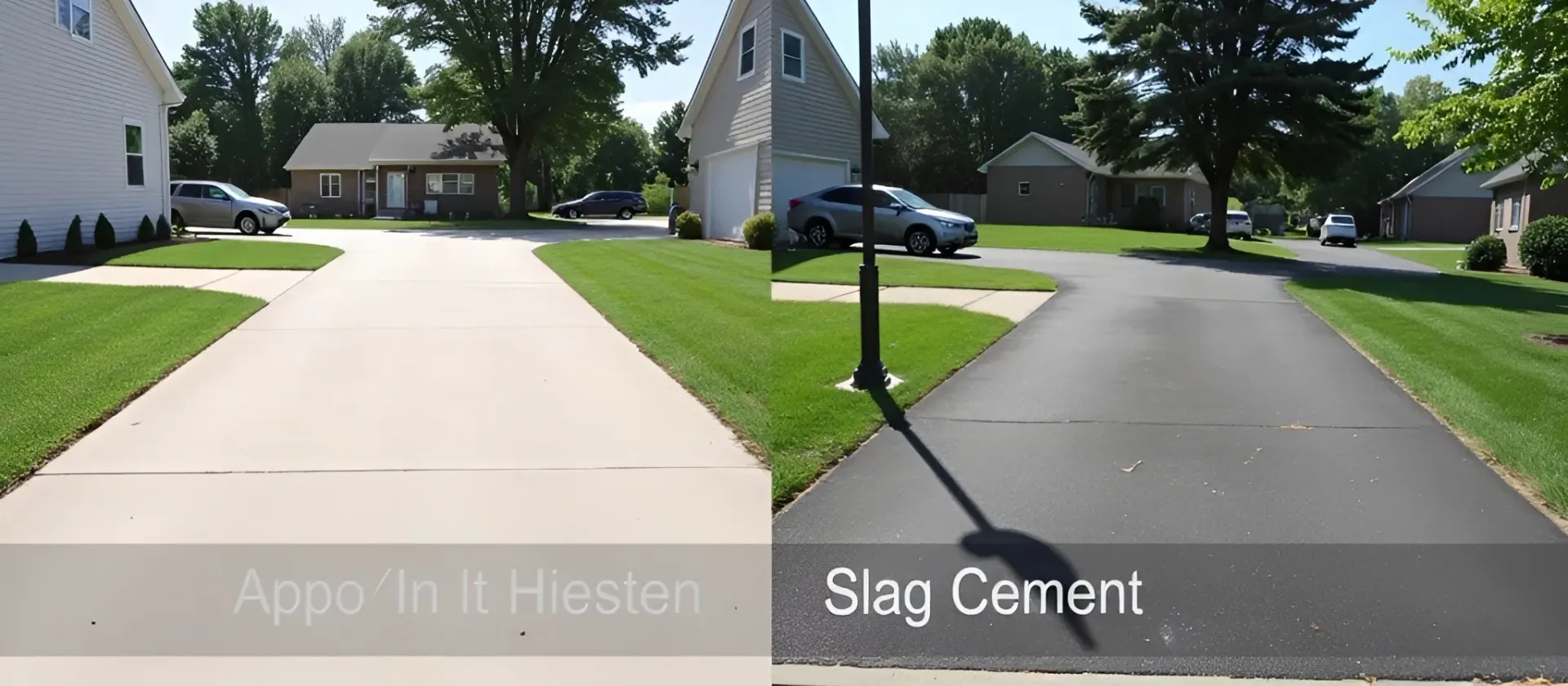How to Ensure Your Commercial Concrete Dallas Project Stays on Budget
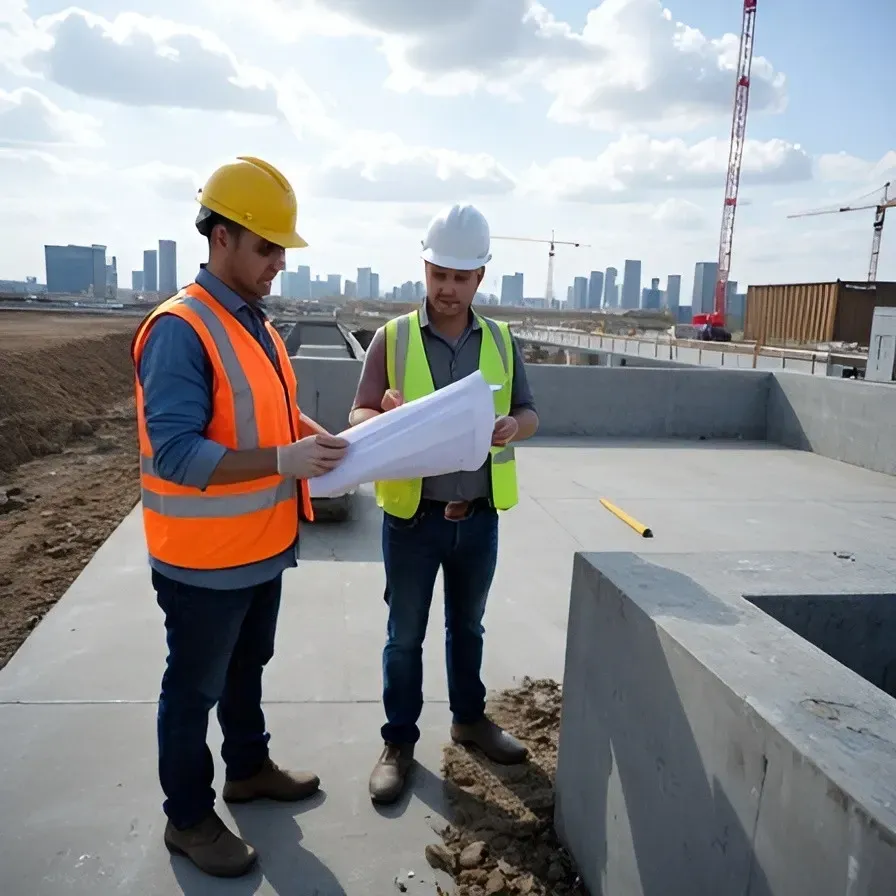
Cost overruns in construction are far more common than most people realize.
Studies show that nine out of ten construction projects go over budget, with the average overspend landing around 28 percent.
That’s not just a figure written on a spreadsheet, it’s the difference between a profitable build and a financial headache.
Dallas’ weather can turn from blazing sun to sudden storms in a single afternoon, and local labor markets shift quickly. In this situation, managing cost becomes even more essential. For commercial concrete projects in Dallas, every decision (materials, scheduling, crew management) has a direct effect on the bottom line.
This guide walks through the strategies professionals use to keep concrete work under control. It blends solid construction management principles with local insight so each step feels not just theoretical but practical enough to apply right away.
Bring in an experienced contractor early
All of the points you’ll see on this page will require you to get help from an experienced person. A seasoned contractor will spot design details that could cause cost issues, like overly complex formwork that could slow down the process.
To ensure you get the right professionals, checking references and reviews can help. You can also ask them about their method for staying on budget and what tools they use for cost tracking.
On a commercial concrete Dallas job, a good contractor also knows the local batching plants, traffic patterns for material delivery, and how to avoid costly weather delays. That local savvy directly translates into fewer surprises and better budget control. For example, if your project includes a concrete slab installation, even small miscalculations in formwork or reinforcement can quickly raise costs.
Accurate initial planning & estimation
No, you can’t just eyeball the site and estimate off the cost (tempting tho it might be). If the project’s square footage, slab thickness, reinforcement needs, or finishing requirements aren’t clearly documented, costs can change.
Take the time at the start to lock in all technical details. That means actual measured site dimensions, structural requirements verified by the engineering team, and a full material breakdown. When the scope is vague, “small adjustments” like adding thicker rebar or extending slab length can snowball into thousands of dollars.
In the context of commercial concrete Dallas work, scope clarity is especially critical. The delivery of material, batch sizes, and even pump truck scheduling depend on accurate quantities. This is equally true when installing durable concrete foundations, where precise depth and reinforcement are key to both safety and budget.
Choose the right mix (not just the most expensive one)
Concrete is not a one-size-fits-all material. The high-strength mixes and specialty additives are great when a project demands them, but using them just for the sake of it wastes money.
Local suppliers in Dallas often know exactly which mixes perform best under regional conditions. A quick conversation with them can ensure that the commercial concrete Dallas project uses the most cost-effective combination of strength, workability, and curing performance.
Factor in the Dallas variables
The Dallas heat changes everything. Summer temperatures can accelerate curing so much that extra labor may be needed to finish the surface before it sets. That means higher crew costs, more admixtures, or both.
There’s also the reality of seasonal material pricing. Cement, aggregate, and even water costs can spike during peak building season. Throw in local permitting fees and required inspections (both of which vary across Dallas municipalities), and a budget can quickly shift.
Budgeting for commercial concrete in Dallas isn’t just about the concrete itself. It’s about knowing how local climate, market conditions, and municipal rules interact with your schedule and costs. For projects like ISD parking lot concrete work, these factors play a huge role in ensuring deadlines and costs stay under control.
Budget for the “what-ifs”
Construction rarely goes exactly to plan. A buried utility line, unexpected soil instability, or an inspection delay can cause unplanned expenses. That’s why industry experts recommend setting aside 10–15 percent of the total budget as a contingency.
The key is treating this fund as untouchable unless a genuine surprise arises. In a commercial concrete Dallas scenario, common contingency uses include unexpected excavation needs, additional curing measures during heat waves, or re-pours due to inspection failures. A well-prepared contractor can also suggest alternatives, such as using stamped concrete for decorative surfaces instead of pricier imported materials, helping you maintain both aesthetics and budget.
Plan the schedule fully
A well-planned schedule is a cost-control tool. Every day of delay means additional labor charges, extended equipment rentals, and possibly rescheduled deliveries with added fees.
In Dallas, pouring concrete in early morning hours during summer can help crews avoid heat-related slowdowns and reduce the need for costly curing adjustments. Aligning the pour schedule with other tasks (like plumbing and electrical) prevents rework when someone realizes a drain was missed. Smart scheduling keeps the concrete driveway construction or other commercial projects efficient and predictable.
Track costs in real time
Waiting until the end of the month to review expenses is too late. Real-time cost tracking, whether through specialized software or a detailed spreadsheet, allows quick corrections before overruns build momentum.
Track actual material usage versus estimates. Monitor crew hours daily. Compare supplier invoices to purchase orders. This level of oversight isn’t about micromanaging, it’s about catching small cost leaks before they become a flood. For commercial concrete Dallas projects, on-site tracking ensures accurate alignment between what’s planned and what’s actually happening.
Learn from every project
Once the job is complete, review the budget performance in detail. Where did estimates match reality? Where did they miss? Which vendor relationships saved money? Which decisions caused cost creep?
Capturing these insights in a project close-out report means future commercial concrete Dallas bids can be more accurate. Over time, this builds a data-driven foundation for consistently meeting budget targets—whether for large-scale concrete retaining walls or complex commercial foundations.
Conclusion
For commercial concrete Dallas work, applying these principles turns what could be a budget gamble into a predictable, professional process. The result is a finished structure that meets both financial and performance expectations without the unwelcome surprise of a final invoice that’s miles above the original plan.
